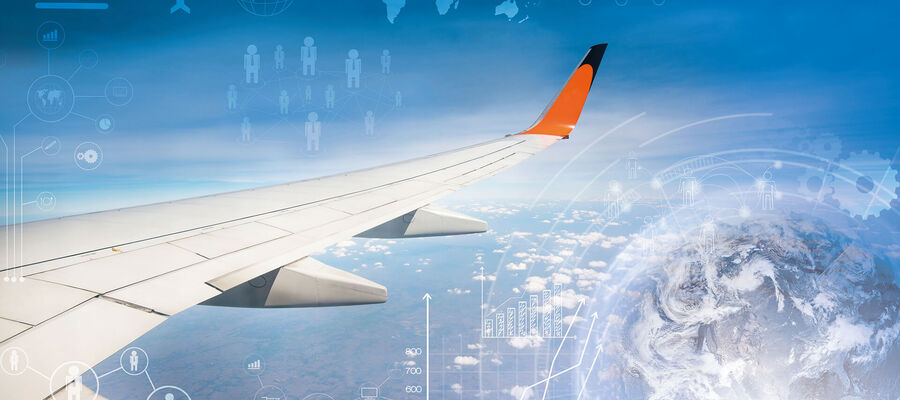Throughout the month of October airlines in the US have been forced to cancel thousands of flights due to staff shortages, with little signs of easing for the remainder of 2021. While many factors have contributed to this situation, the effects on the profitability of airlines remains sore point after many months of reduced flight scheduling and reliance on federal support.
While Covid has caused mass layoffs, furloughs, and uncertainty for the future of aviation, the situation is quickly reversing as relaxed travel restrictions lead to sudden increases in demand for staff. Early retirements, people who have permanently left the industry, and a lack of new trainees has set the scene for a staffing crisis in aviation that will be felt globally.
Boeing has forecasted a need for 2.1m new aviation personnel up to 2040, and the familiar problem of staff shortages in aviation looks to return as early as 2022 is some markets, and by 2023 in most.
However, Boeing’s forecast, at least in the short term, is not being matched with new trainees entering the industry. After major events affecting the aviation industry like 9/11, the Global Financial Crisis, SARS, and now Covid, new trainees as well as the financial institutions that fund aviation training may be reluctant to invest in aviation careers.
The combination of reduced training and early retirements mean that carriers will experience the frustration of increased customer demand and fleet utilization without the supply of crews to meet it. This sudden change in supply will ensure the effects of Covid are felt in aviation long after it no longer plays an active role in our daily lives.
While US carriers are feeling the force of staff shortages, they are also proactive in implementing plans to mitigate the problem. US carriers are already recruiting in Australia and will be seeking other markets to entice US citizens to return home, while also lobbying governments to relax of visa restrictions to make it easier for expats to fly in the US. We expect that major airlines globally will be similarly proactive until the war for talent is well and truly reignited.
These issues are changing future of aviation staffing. The actions of large, proactive airlines will shape this change, and to an extent will determine the staffing strategies of other airlines who are reactive in the market.
For airlines to effectively compete for talent in 2022 and beyond, we urge them to consider below:
1. Staffing strategy must have a greater presence in the boardroom
How, when, and where to engage aviation personnel will be increasingly critical to execute business strategies. Airlines will lose some control of the availability and cost of personnel as shortages increase and the market becomes more unpredictable. Proactively building talent pipelines to meet 5- or 10-year plans will be critical for whether an airline can meet its targets. Appropriate investments must be made in training academies, cadet programs, and other methods of tying a candidate’s career to a specific airline and building long-term workforce loyalty.
2. Increase diversity in hiring and training
Airlines must expand their definition of an ideal candidate as personnel shortages grow. We are already seeing some airlines staffing their operations with a mix of recalled furloughed pilots and ne hiring of non-type rated pilots to create a wider range of age and experience across the workforce. Attracting candidates with a wider range of experience and demographics will reduce the risk of sourcing from shrinking talent pools. At the same time, lobbying governments and aviation authorities is required to ease immigration restrictions and widen the talent pools to source from.
3. Greater emphasis on building employer brands
Aviation personnel will have more choices of where to take their careers as talent shortages grow. Airlines that position as employers of choice will be able to leverage goodwill and word-of-mouth to attract consistent streams of candidates. Airlines must examine all aspects of candidate and personnel engagement to find areas of their staffing operations that could be better managed. At the same time, engaging in consistent external marketing and communications campaigns to ensure that the candidate market understands the value of working for the airline.
Myself and the team at Rishworth Aviation are excited to see where the future of aviation takes us and the industry at large. Whatever happens, we look forward to seeing more aircraft in the sky!


